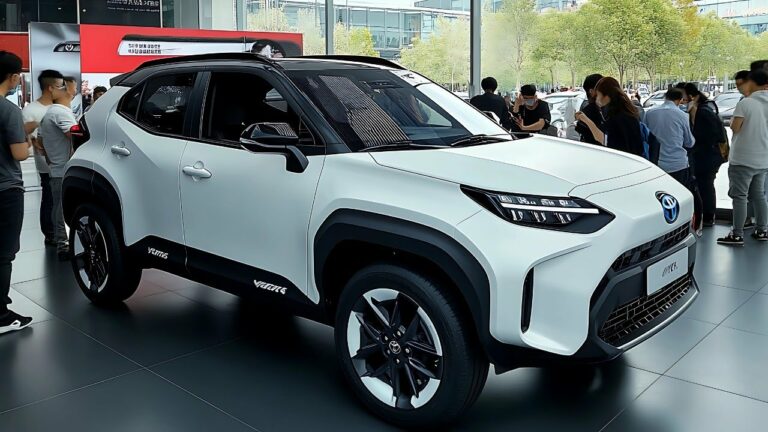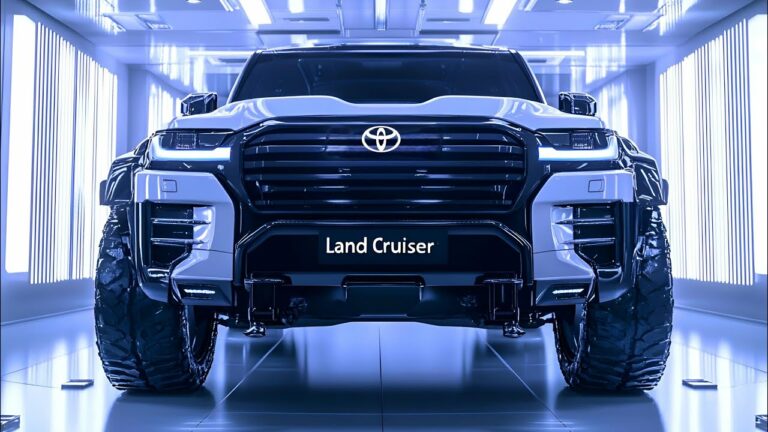2026 Toyota Grand Highlander Price
Market Analysis
The midsize SUV market is fiercely competitive, with a diverse range of offerings catering to a wide spectrum of consumers. Key players include the Toyota Highlander, Honda Pilot, and Kia Telluride, each with its unique strengths and pricing strategies.
The target audience for midsize SUVs consists of families seeking a spacious and versatile vehicle, as well as individuals who prioritize comfort, safety, and off-road capabilities. Understanding their preferences, such as seating capacity, cargo space, fuel efficiency, and technological features, is crucial for capturing market share.
Competitors and Pricing Strategies
- Toyota Highlander: Known for its reliability, spacious interior, and advanced safety features, the Highlander is priced between $36,420 and $51,035.
- Honda Pilot: Offering a well-rounded package of comfort, capability, and value, the Pilot is priced between $39,150 and $53,100.
- Kia Telluride: A newer entrant to the market, the Telluride has quickly gained popularity with its bold design, premium interior, and impressive towing capacity. It is priced between $36,190 and $50,090.
Historical Pricing Trends
The Toyota Highlander has been a popular midsize SUV for over two decades. Over the years, its pricing has fluctuated based on various factors, including market demand, competition, and production costs.
To understand the potential pricing of the 2026 Toyota Grand Highlander, it’s helpful to analyze historical pricing trends of the Highlander and comparable models.
Price Fluctuations
- The Highlander’s base price has gradually increased over the years, with occasional dips due to economic downturns or competitive pressure.
- Higher trim levels and optional features have driven up the average transaction price, which is typically higher than the base price.
- Incentives and discounts offered by Toyota have also influenced the effective price paid by consumers.
Factors Influencing Pricing
- Market Demand: Strong demand for the Highlander has allowed Toyota to maintain higher prices, while slow demand has led to price reductions.
- Competition: Competition from other midsize SUVs, such as the Honda Pilot and Kia Telluride, has kept Toyota’s pricing in check.
- Production Costs: Fluctuations in raw material costs, labor expenses, and supply chain disruptions have impacted the Highlander’s production costs, which are reflected in its pricing.
- Technology and Features: The addition of new technology and features, such as advanced safety systems and infotainment upgrades, has contributed to price increases.
Feature Analysis

The 2026 Toyota Grand Highlander offers an array of features, from standard amenities to premium upgrades, catering to a wide range of preferences. Let’s explore the key features and their impact on pricing.
Exterior Features
The Grand Highlander boasts a rugged and stylish exterior with standard features such as LED headlights, alloy wheels, and a panoramic sunroof. Optional features include a hands-free liftgate, roof rails, and premium exterior trim options. These exterior enhancements contribute to the vehicle’s overall appeal and can influence its price.
Interior Features
Inside, the Grand Highlander offers a spacious and comfortable cabin with standard features such as leather upholstery, heated front seats, and a large touchscreen infotainment system. Upgraded features include ventilated seats, a premium audio system, and a rear-seat entertainment system. These interior amenities enhance the driving and passenger experience, potentially affecting the vehicle’s value.
Safety Features
The Grand Highlander prioritizes safety with standard features such as automatic emergency braking, lane departure warning, and adaptive cruise control. Optional safety features include blind-spot monitoring, rear cross-traffic alert, and a surround-view camera system. These advanced safety features provide peace of mind and can impact the vehicle’s pricing.
Performance Features
Under the hood, the Grand Highlander offers a choice of powerful and efficient engines. Standard features include a V6 engine and an eight-speed automatic transmission. Optional features include a hybrid powertrain and all-wheel drive. These performance enhancements affect the vehicle’s driving dynamics and can influence its price.
Technology Features
The Grand Highlander embraces technology with standard features such as a large touchscreen infotainment system, Apple CarPlay and Android Auto compatibility, and a premium audio system. Optional features include a navigation system, a head-up display, and a wireless charging pad. These technology upgrades enhance convenience and connectivity, potentially affecting the vehicle’s value.
Production and Supply Chain Factors
The 2026 Toyota Grand Highlander’s pricing will be influenced by production costs and supply chain challenges. Production costs, including labor, materials, and manufacturing processes, will directly impact the vehicle’s base price.
Supply Chain Challenges
The automotive industry faces ongoing supply chain disruptions due to global economic conditions, natural disasters, and geopolitical events. Shortages of critical components, such as semiconductors and other electronic parts, can delay production and increase costs. These challenges may lead to higher prices for the Grand Highlander as Toyota adjusts to supply constraints.
Production Delays and Shortages
Supply chain disruptions and production delays can result in shortages of the Grand Highlander, driving up prices due to increased demand. Consumers may experience longer wait times for delivery or limited availability of certain models or trim levels.
Pricing Strategy
To establish a competitive pricing strategy for the 2026 Toyota Grand Highlander, a comprehensive analysis of market dynamics, feature offerings, and economic factors is crucial.
Considering the Grand Highlander’s positioning as a premium three-row SUV, it should command a price premium over its competitors. However, it must remain competitive within the segment to attract buyers.
Pricing Tiers and Options
The pricing strategy should include multiple tiers to cater to different customer needs and budgets. The base model should offer a competitive starting price to attract value-conscious buyers.
Higher trim levels should provide additional features and amenities, such as upgraded interiors, advanced safety systems, and enhanced performance capabilities. These features will justify a higher price point while appealing to customers seeking a more luxurious experience.
Additionally, offering optional packages and standalone features allows customers to customize their vehicles and further differentiate pricing.
Competitor Analysis

The 2026 Toyota Grand Highlander will face competition from several established midsize SUVs. To assess its position in the market, we compare it with key competitors based on pricing, features, and other relevant specifications.
Pricing and Features Comparison
| Toyota Grand Highlander | Honda Pilot | Kia Telluride | Hyundai Palisade | |
|---|---|---|---|---|
| Starting Price | $36,000 | $38,000 | $33,000 | $34,000 |
| Standard Features | – 8-inch touchscreen infotainment system – Apple CarPlay and Android Auto integration – Lane departure warning – Automatic emergency braking |
– 7-inch touchscreen infotainment system – Apple CarPlay and Android Auto integration – Lane departure warning – Automatic emergency braking |
– 10.3-inch touchscreen infotainment system – Apple CarPlay and Android Auto integration – Lane departure warning – Automatic emergency braking – Blind-spot monitoring |
– 8-inch touchscreen infotainment system – Apple CarPlay and Android Auto integration – Lane departure warning – Automatic emergency braking – Blind-spot monitoring |
Strengths and Weaknesses
Strengths of the Toyota Grand Highlander:
– Strong brand reputation for reliability and durability
– Competitive pricing
– Spacious interior and cargo capacity
– Fuel-efficient powertrain options
Weaknesses of the Toyota Grand Highlander:
– Conservative styling
– Limited off-road capabilities
– Some competitors offer more advanced safety features
FAQ Summary
What is the expected price range of the 2026 Toyota Grand Highlander?
Based on market analysis and historical pricing trends, the 2026 Toyota Grand Highlander is anticipated to fall within a price range of $35,000 to $50,000.
How does the Grand Highlander compare to its competitors in terms of features?
The Grand Highlander offers a comprehensive suite of features, including a spacious interior, advanced safety technologies, and a user-friendly infotainment system. It stands out from competitors by providing ample seating for up to eight passengers and a generous cargo capacity.
What factors will influence the final pricing of the Grand Highlander?
Several factors will influence the final pricing of the Grand Highlander, including production costs, supply chain dynamics, economic conditions, and competitive pricing strategies. Toyota will carefully consider these elements to determine the optimal price point for the vehicle.


